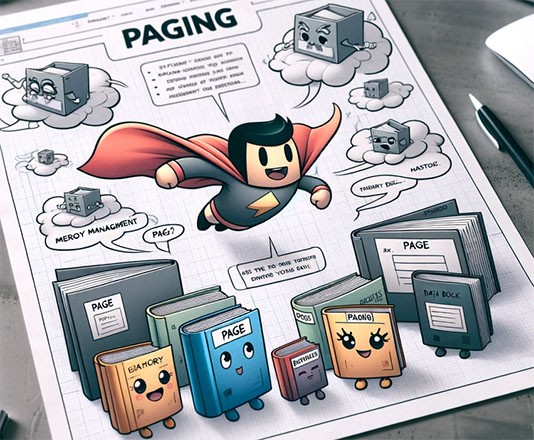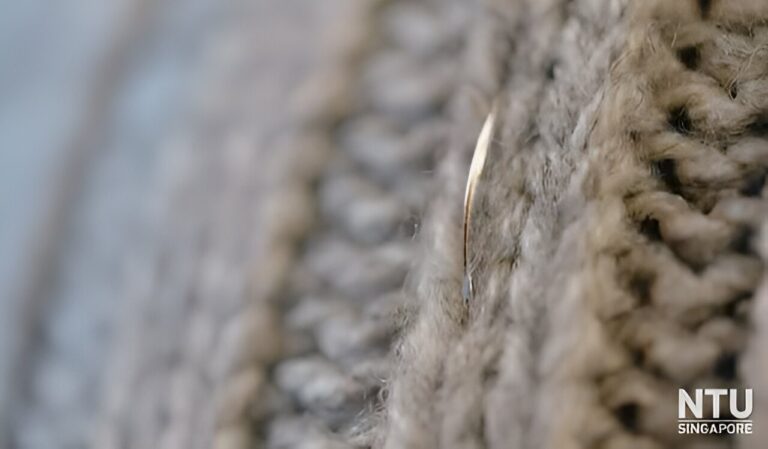How artificial intelligence helped solve a thirty-year-old case
Using AI and DNA traces, police generated the face of a suspected rioter. The news caused a lot of controversy online, with many deciding that using neural networks to solve crimes was a bad idea. What was the essence of the story and can it influence the future of criminology? Wired. We share a retelling of the material.
Why did the police need AI?
In 1990, police discovered the body of Maria Jane Waidhofer in California. There were no reliable witnesses in the case, the only evidence was DNA samples (which, moreover, were not in any database). It was not possible to trace the criminal until 2017, when Oakland police decided to use neural networks. Officers contacted a company called Parabon NanoLabs, which claimed it could model a face from a DNA sample.
Parabon NanoLabs analyzed the DNA and reconstructed the suspect’s appearance. To do this, we used a neural network that predicts the appearance of all facial features of a particular person. It was trained on DNA and 3D facial models of more than a thousand volunteers.
According to company representatives, the AI can analyze 21,000 traits from DNA samples, including the color of a person’s hair, eyes and skin, the number of freckles and the shape of his face. But scientists are skeptical about the latter.
At the exit, the officers received a so-called “phenotype report” – a 3D image of a man with fair skin, brown eyes and bushy eyebrows. The forensic scientist added to the “suspect” a short haircut and a mustache – which he had, according to the only witness.
This appears to be the first known case of police searching for a criminal in this manner. But perhaps not the last.
In general, is it possible to solve crimes using neural networks?
Facial recognition technology has advanced in recent years. Back in 2018, NIST tested the algorithms on 12 million photos, and in 99.9% of cases people were identified correctly.
It’s important to note that NIST only tested the algorithms on high-quality images, but law enforcement agencies often have to work with blurry surveillance images, fake photos, drawings, and more.
In 2018, experts reported that they tried to run facial recognition based on sketches and found that it did not work. There was a case when a model confused the suspect and actor Woody Harrelson, who looked like him.
We just don’t know exactly what criteria neural networks use to identify a face. And sequentially combining unreliable tools will simply lead to unreliable results.
Why did the controversy arise?
Already in 2020, police asked to run the image through a facial recognition system. This caused outrage (after all, law enforcement agencies planned to search for the person on the basis of dubious evidence). It also violated the terms of service of Parabon NanoLabs itself.
It is not yet known whether the Northern California Regional Intelligence Center granted the request or not.
Still, some Parabon NanoLabs customers see little reason not to use the technology. WIRED provides comments from law enforcement officials.
- Detective Jason McDonald believes that searching for 3D models through facial recognition is “justifiable” and “may well be useful.” In 2016, his department used DNA found at the scenes of four murders in 1984 to reconstruct the suspect’s face.
- Detective Edward Silver said the “phenotype reports” were accurate enough for the facial recognition system. His department turned to Parabon NanoLabs to simulate the face of a woman found badly burned in a dumpster in 2003.
- Sheriff Andrew Sullivan wrote that if he were the cops working on the Maria Jane Waidhofer case, his department would have pursued any lead.
I know the face made by Parabon NanoLabs isn’t perfect, but isn’t it worth using every tool at your disposal to try and catch the killer? Especially if this is a case ten years ago. <...> The family deserves to know that we tried everything.
In turn, human rights activists told WIRED that, of course, they sympathize with detectives, but modeling faces using DNA and then recognizing them can lead to problems.
There is no real evidence that Parabon can accurately reproduce a face. <...> This is very dangerous because people can be accused of crimes they did not commit based on dubious evidence.
Also, according to experts, the fact that investigators are willing to use these technologies indicates a general lack of necessary oversight.




